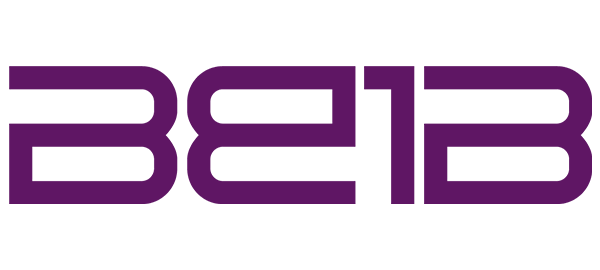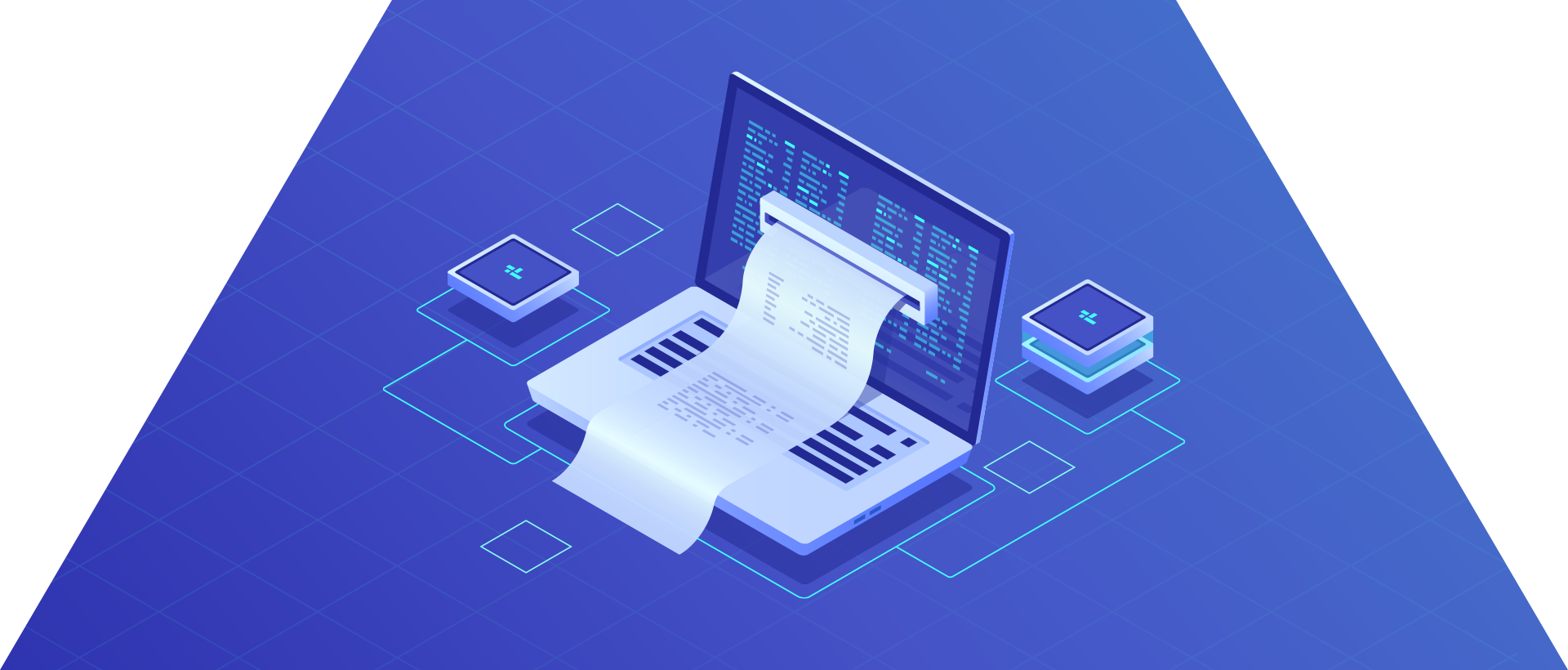Are you still processing invoices manually? Have you considered how this might be draining your resources and decreasing efficiency? Beyond just financial costs, manual invoicing consumes valuable time and increases the risk of errors. If you’re still relying on manual invoicing processes, it might be time to reconsider your approach.
Manual invoicing can be costly in the long run. The time your finance team spends on processing a single invoice manually is four times as much as that of your competitor who uses an automated invoicing solution. This article explores the hidden costs associated with manual invoicing and how automation can be a transformative solution for your business, saving you both time and money.
The Hidden Costs of Manual Invoicing
While the time consumption of manual invoicing is well-known, there are deeper, less obvious costs that may surprise you:
Human Error
Humans are prone to errors, and manual invoicing is no exception. Mistakes in data entry, incorrect billing amounts, and overlooked details can lead to disputes, delayed payments, and damaged client relationships. Correcting these errors consumes additional time and resources, further exacerbating the problem.
Lack of Visibility and Reporting
Manual invoicing systems lack the sophisticated reporting capabilities of automated systems. This lack of visibility can make it challenging to track outstanding invoices, monitor payment statuses, and generate financial reports. As a result, businesses may struggle to gain insights into their financial health and make informed decisions.
Delayed Payments
Manual invoicing can lead to delayed payments due to the longer processing time. Delays in sending invoices result in slower payment cycles, affecting cash flow and potentially causing financial strain. Timely invoicing is crucial for maintaining a healthy cash flow, and manual processes often fall short in this regard.
Inaccurate Forecasting
Accurate financial forecasting is crucial for strategic planning and decision-making. Manual invoicing systems can lead to data inconsistencies and delays in updating financial records, resulting in inaccurate forecasting. This can hinder a business’s ability to plan for the future, allocate resources effectively, and respond to market changes.
What is e-invoicing?
E-invoicing, also known as electronic invoicing, revolutionises traditional invoicing practices by automating the generation, delivery, and processing of invoices in a structured digital format. By eliminating paper-based processes, e-invoicing enables seamless exchange of invoice data between businesses, clients, and suppliers, streamlining operations and enhancing efficiency.
Benefits of E-Invoicing
E-invoicing offers several benefits over traditional manual processes. It reduces processing times significantly, enabling faster invoice delivery and payment cycles. Automation reduces errors associated with manual data entry, improving invoice accuracy and reducing disputes. Moreover, e-invoicing enhances visibility and reporting capabilities, providing real-time insights into payment statuses and financial health. This streamlined approach not only saves time and operational costs but also strengthens business relationships through timely and accurate invoicing practices.
The shift from manual to automated invoicing, particularly through e-invoicing solutions, presents a strategic opportunity for businesses to enhance efficiency, reduce costs, and improve financial management. By embracing technology-driven invoicing processes, businesses can mitigate hidden costs, streamline operations, and position themselves for sustainable growth in a competitive market environment.
Ready to transform your invoicing processes? Sign up to The HUB by Be1B for FREE today and start saving time and money!




